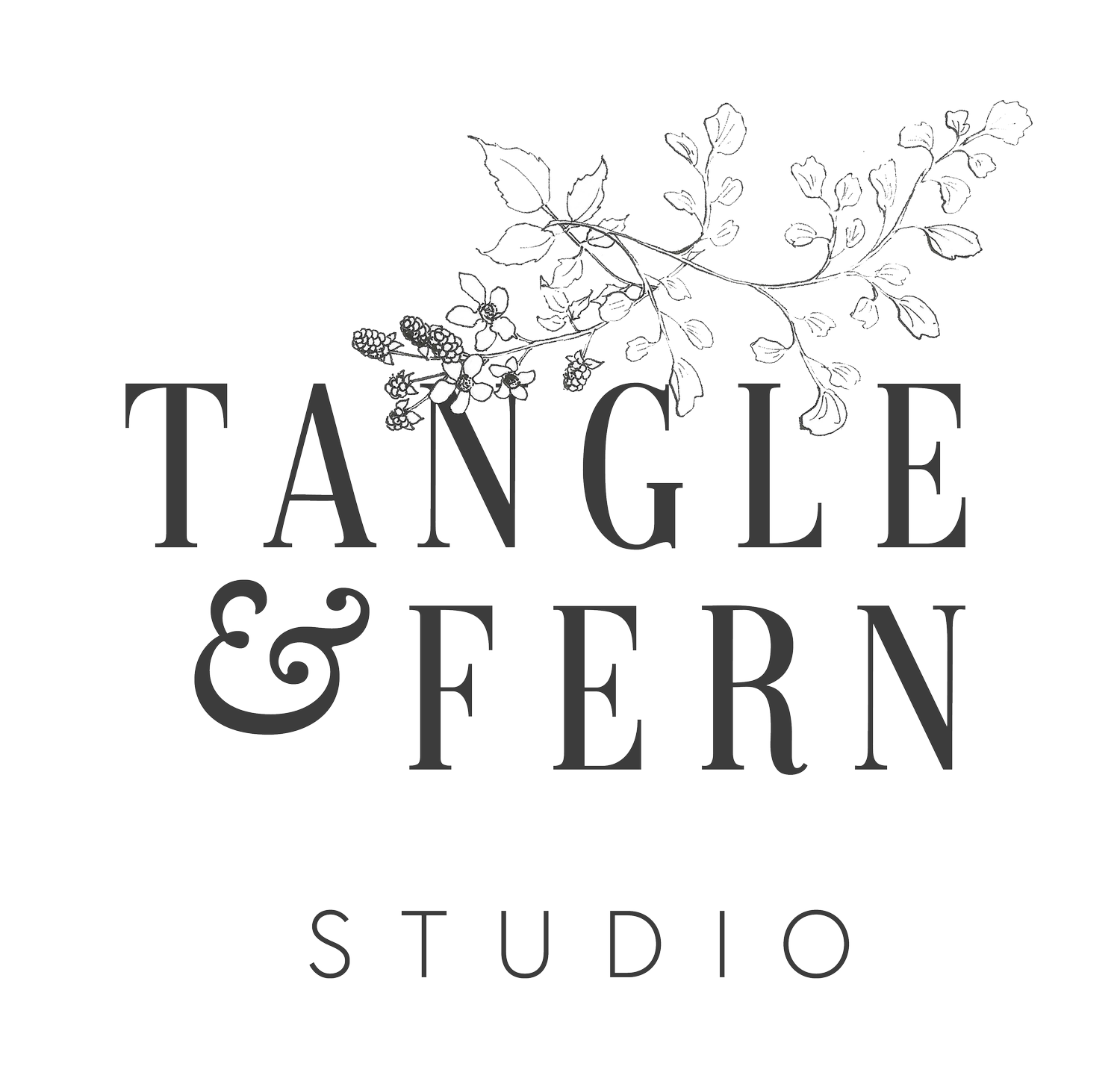Brand image suite
Grab your camera or smartphone: we are about to go on a walk to collect photographs for a “branded image suite.” This will be one of the most useful things you do for your brand: because you’re not illustrating a specific act, product or person, there’s a lot of flexibility.
Do you remember, in Lesson 2 when we were talking about your audience, that we gave a little bit of time to the fact that there is a whole lot more to every member of your audience than just what they want from you. They have other interests, other needs, face other challenges, and seek other experiences.
Your brand image photographs are a little bit the same. Your brand is more than just the things you do, make or sell. Your brand is also about your values, your goals, your personality, your mood-words, your audience, and your aesthetics. It’s all of these things that we will be capturing today.
In the activities to follow, we will get more prescriptive: we’ll be photographing your workplace, the things you do, and physical objects if you make or sell them.
The photographs you take today will provide context to those other images: they will help to set the mood and convey your personality.
When you finish the exercises in this activity, save all your photographs in the file you created called “Brand Images”.
Photography instructions
-
Revisit your Visual Style
Re-open Workbook 1 and turn to pages 25 and 26: this is where you developed what was to become your Visual Style.
On page 25, you noted down a list of themes - commonly recurring scenes, objects or situations - that showed up in the Pinterest boards you created to illustrate your mood words.
You are going to photograph these themes today.
On page 26, you made decisions regarding the style of your photography. We pulled this together by explaining that your Visual Style is the combination of your themes, photographed in the particular style(s) you chose.
To help you get the hang of this, I challenged you to photograph an apple three ways.
So! The first step today is to read back over the notes you made, and reacquaint yourself with your photography themes and your style.
If you need to, you can always redo these lessons now. You’ll find them here.
Now read over the Photography Guidelines on the Lesson 7 homepage, and then you’re ready to go!
-
Photograph your themes
You probably have a list of four or five visual themes on page 25 of your workbook.
Now, choose one of those themes, and aim to take 10 photographs in that theme.
Obviously, your theme needs to be accessible. If “Switzerland” was one of your themes and you live in Australia, you’ll struggle until you can travel. But in choosing the themes originally, I encouraged you to generalise a little (pictures of leaves, flowers and forests become “nature”; pictures of doilies, typewriters, teacups and sparkly purses become “vintage”, and so on). So hopefully this won’t be too difficult.
So: look at your first theme, and brainstorm ways that you could photograph things, places, people or events in that theme, in your particular brand style. (That brand style is on page 26 of Workbook 1).
Take a walk around your house or neighbourhood, and take as many pictures as you can of that theme.
When you’ve finished, repeat this process for your second theme, and continue until you have at least 10 photographs for each of your themes.
This means that if you have five themes in your Visual Style, you will end up with 50 brand photographs!
-
Creative tips
These tips will help you approach this exercise with creativity and interest. Hopefully it will be a lot of fun!
Be creative: could you set up little tableaux in your home? Style some pretend scenarios?
(I have been known to spread tablecloths on the floor in the hallway of our house, and open the front door, so I could photograph what looked like a kitchen-table flatlay with gorgeous natural light. I have also been known to rearrange furniture in my home to create moments like “the perfect study nook” in photographs).
If you’re outside, don’t stick to the obvious, with the camera at eye level. Look up. Peer down. Crouch down low to get a better angle, or climb up onto something to gain height.
Look for action in the scenes, to add interest. For example:
* An ivy-covered wall is beautiful, so photograph that. But then hang around and wait until someone walks past it - pushing a pram, eating ice-cream, leaning on a walking-stick - and photograph that wall with the person in the picture.
* If you’re at the beach, take that gorgeous ocean shot, but then stand and wait until seagulls swoop by, or a swimmer or boat comes into view, and click again.

